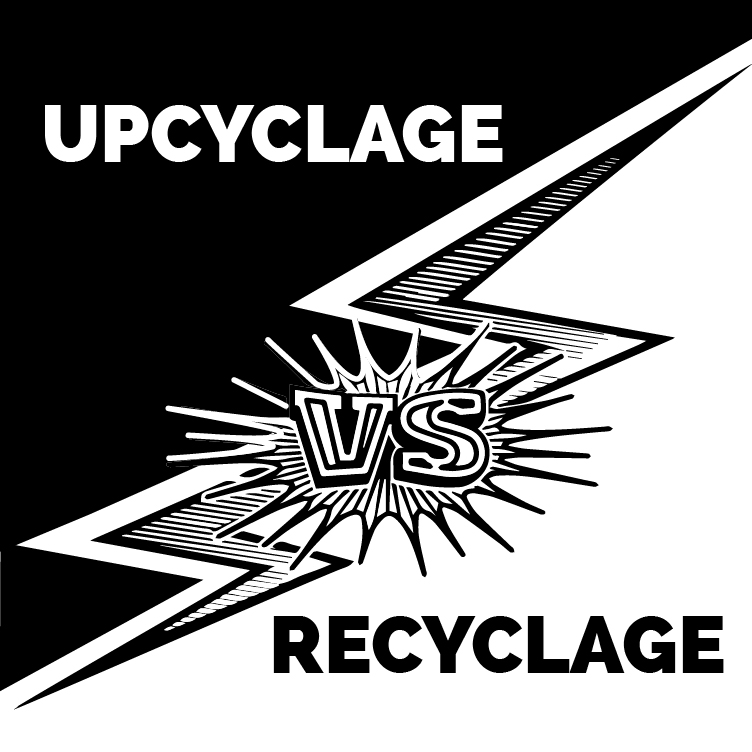
Although upcycling is a form of recycling and stands in the same family, there are nuances interesting to point out. I’ll happily clarify those because to elevate the discussion about sustainability we most understand nuances and describe what we do using the proper words:) Let me guide you through.
1. ARTISTIC INSPIRATION

Upcycling Upcycling is all about removing the material from its original context and enabling a future use that upgrades its value.
Recycling, of a material, in the strictest sense, would produce a fresh supply of the same material. If it’s down grade the integrity of the material purist would then call it downcyling.
2. UPGRADED VALUE
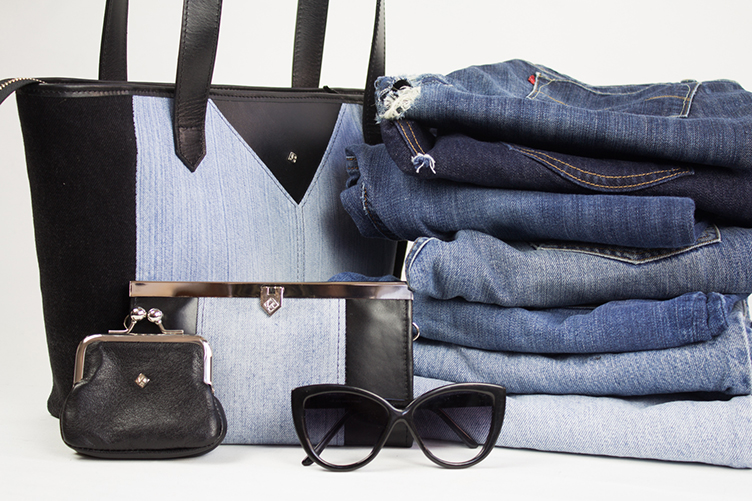
Upcycling is all about removing the material from its original context and enabling a future use that upgrades its value.
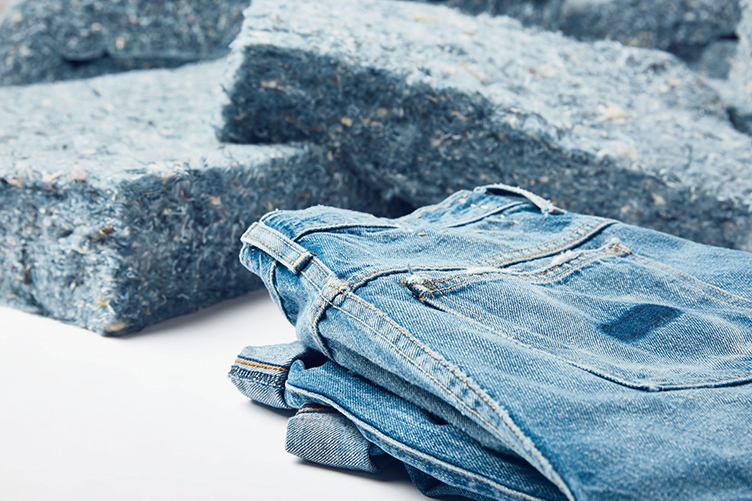
Recycling is the process of turning waste and using them to form another product that is often of lesser quality. For example, this denim housing insolation.
3. HANDMADE PROCESS
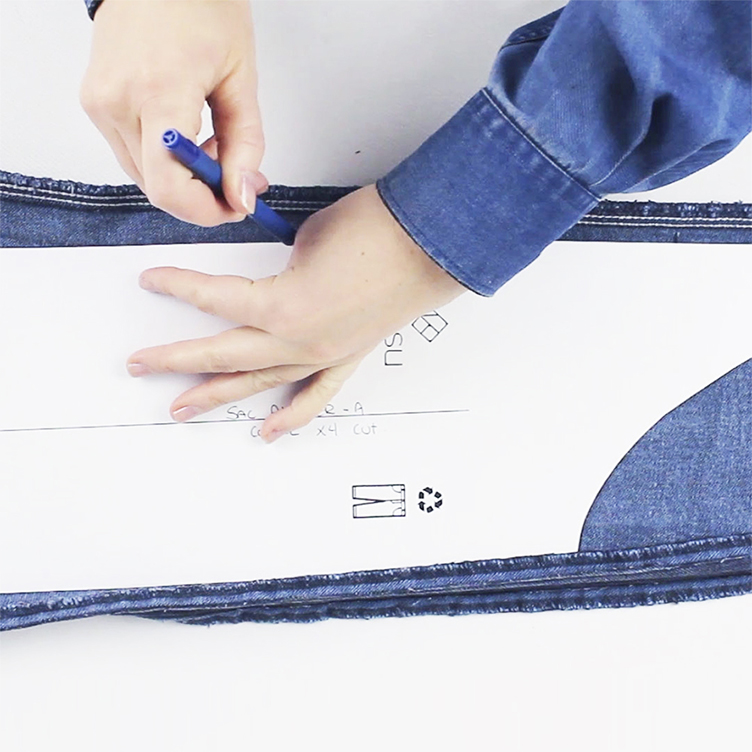
Upcycling is a handmade process and the result of labor and craftmanship. Upcycled products are uniques, made in small series and exclusives.
Recycling implies standardise larger scale manufacturing production and an industrial process.
4. LOW CARBON FOOTPRINT
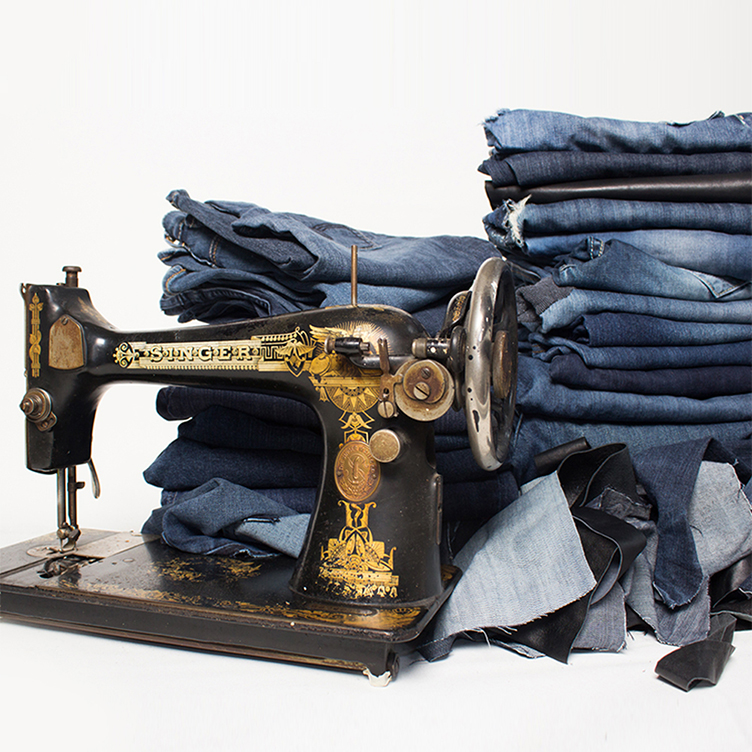
Upcycling, process requires a very small amount of energy if we talk about electricity and fuel but will for sure require a big amount of human energy and passion:) Plus upcycling mainly take place locally where the discarded goods have been used.
Recycling process requires a considerable amount of energy. Less than processing raw material that is a given but way more than upcycling. Also it is not rare that discarded goods are sent around the globe to recycled and sold back once the process done.
5. THE PRICE

This fifth point could have a blog post for itself. Price, price, price. In most people heads because the used material is donate then the redone product should be cheaper. But it is wrong to think this way.
Upcycling is labor intensive and take time to make. If it is execute with decent working wages and condition, the product will be expensive. One of a kind also has it’s cost.
Recycled goods, although often more expensive then the one made with raw material will still be cheaper than the upcycled product as they are produce in larger scale production.
6. FASCINATING
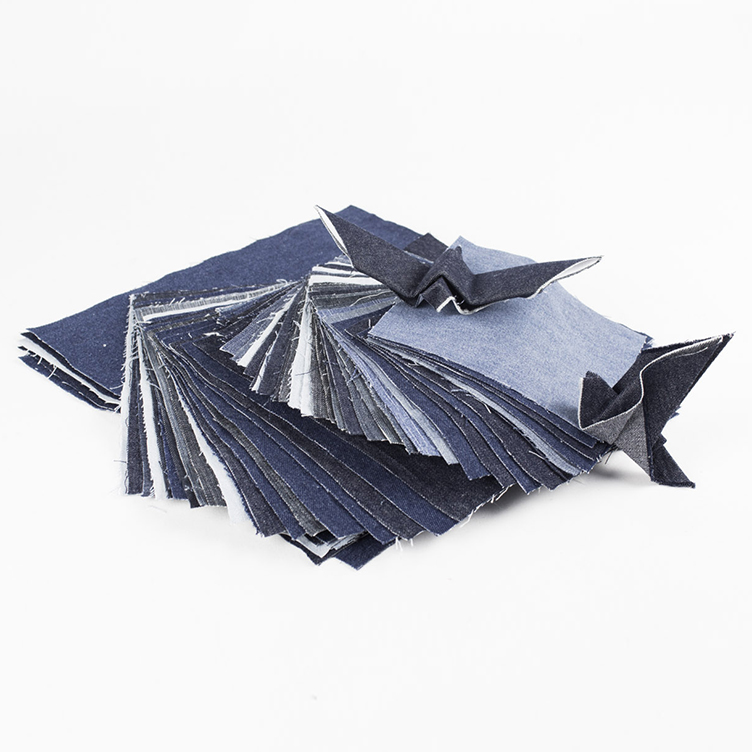
Upcycling is clever and cleverness surprises and fascinates people. I feel customers are slowly becoming feed up and tired of seeing same but slightly different products in same but slightly different stores. Uniqueness surprises people, make them smile, and bring them to engage with you.
Countless customers were astonished when they learned that my products are made from preloved jeans. I continue to receive messages from customers that want to drop by my studio because they have collected bags of old jeans for me.
People feel inspired, so they want to be involved in the process. With my customers suddenly starting to become my raw material suppliers, a fascinating loop was created between my customers and my supply chain.
Recycling although interesting does not qualify in my humble opinion as fascinating
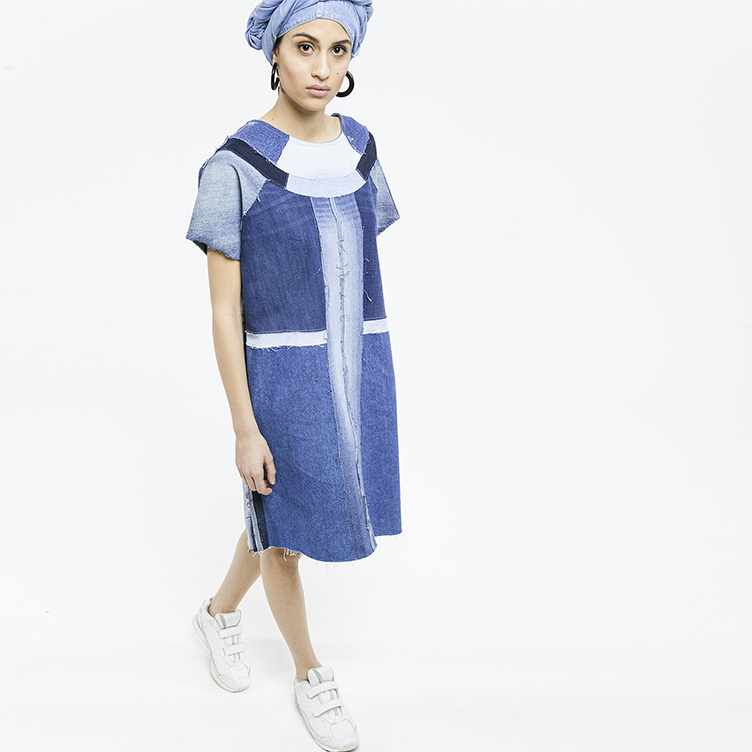
7. IN CONCLUSION
In fact, in everyday life now, recycling is part of our habits. We recycle mechanically and we have the impression that by doing so we are doing our part. Yes, that was true maybe 15 years ago. Today, the stakes are higher and higher, our actions must be conscious and guided by creativity rather than being mechanical. We must ask ourselves how something can be reused or recovered before being sent for recycling. In addition, there is currently no textile recycling branch in Quebec, which means that if a garment has no resale value on local or international markets, it will be thrown away. All the more reason to upcycle your clothes yourself :)
